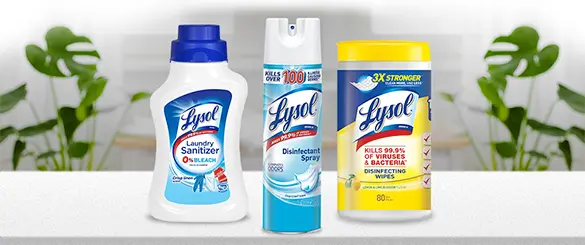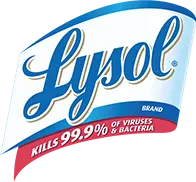- Kindergarteners get around 12 colds in a year, whereas adolescents will only have about two to four.1
- A classroom keyboard has 3,300 bacteria per square inch.2
- A classroom water fountain has 2,700,000 bacteria per square inch.3
- It only takes 2-3 days for school-desk bacteria levels to get back up to what they were before a cleaning.4
- Cold season hits right during the school year — September to March/April5.
For the Classroom
5 Steps to a Clean and Healthy Classroom
Germs are everywhere, and the classroom is no different. In fact, due to this being such a high traffic area, it’s likely that there are more germs here than many other places. That’s why it’s so important for the safety of both pupils and teachers to keep hygiene levels up in schools.
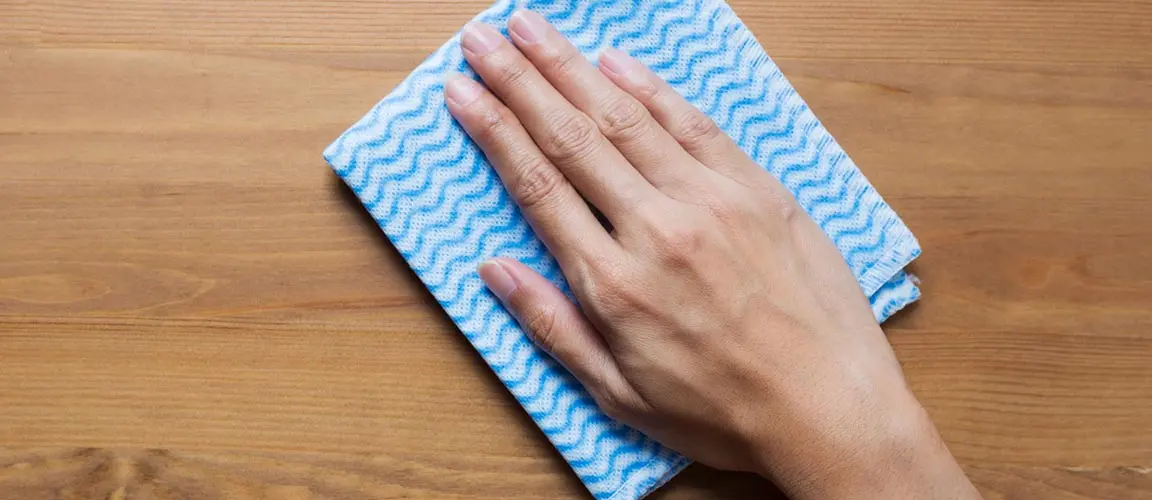
Quick ‘germs in schools’ statistics:
Why should we keep our classrooms clean?
It’s fundamentally important to keep school classrooms clean for a number of reasons. Most obviously, a group of kids plus a confined area can equal a breeding ground for germs. Fighting the constant runny noses, coughing, sneezing and dirty hands is a never-ending battle.
It is every teacher and Lysol’s mission to curb the spread of illness in the classroom. Children miss nearly 60 million days of school a year in the US, which means that they are at home and not in the classroom learning and growing.
It’s crucial to recognise that school is not only the place that children learn and grow but also create strong and lasting relationships with lifelong friends. Simply put, if they miss school, they miss out.
Poor hygiene comes in a variety of forms and often leads to the spread of viruses and bacteria including cold and flu germs. Encouraging healthy hygiene habits at a young age can leave a lasting impression and have a dramatic effect on overall long-term health.
How to Keep a Clean Classroom
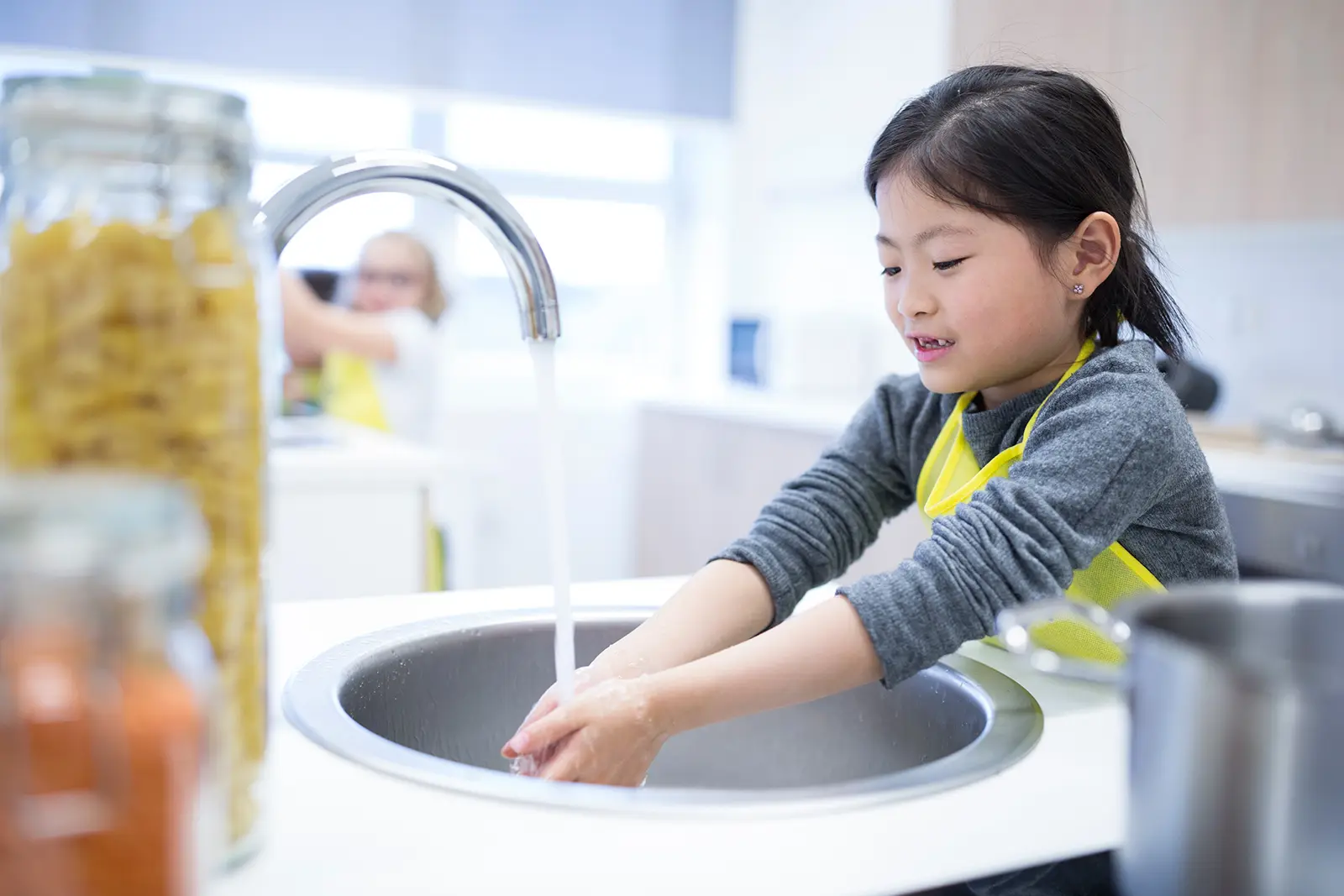
SING-ALONG
Teach your students how to wash their hands properly. Get them to sing the ABC’s twice to make sure they know how long to wash for.
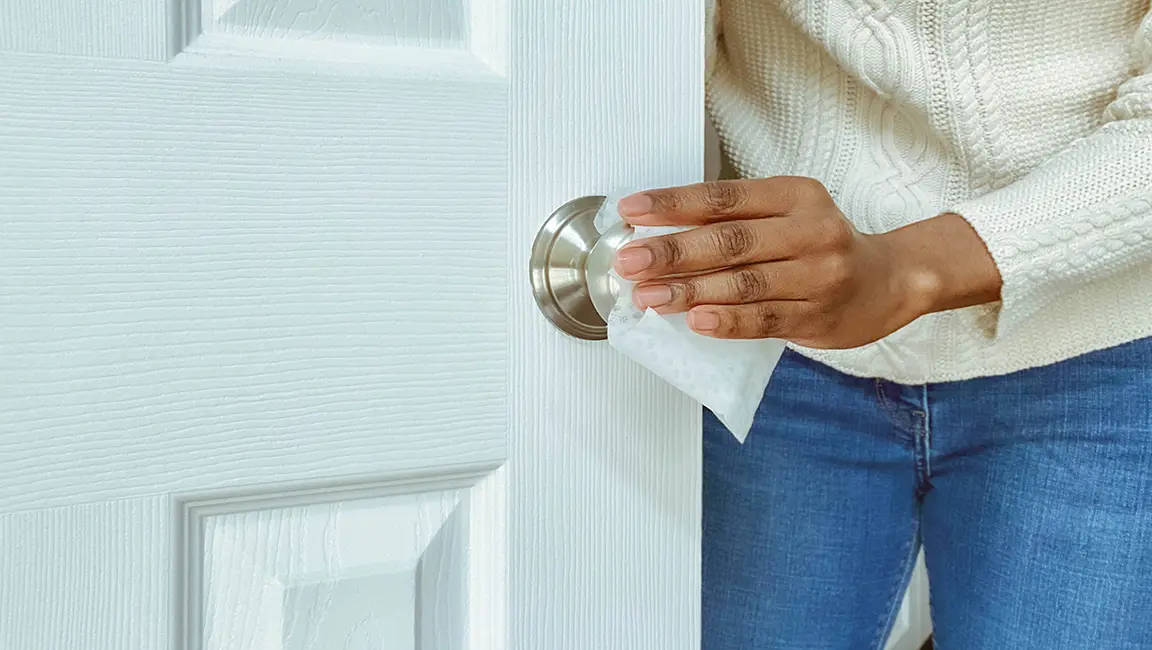
DAILY GERM BUSTER
Clean and disinfect desks, shared objects and doorknobs at least once a day with a good disinfectant like Lysol® Disinfectant Spray or Lysol® Disinfecting Wipes.

KNOW THE DRILL
Teach students what germs are and why it’s so important to keep things clean. Covering a few students hands in glitter and getting them to shake hands and touch objects can visually demonstrate how germs spread.
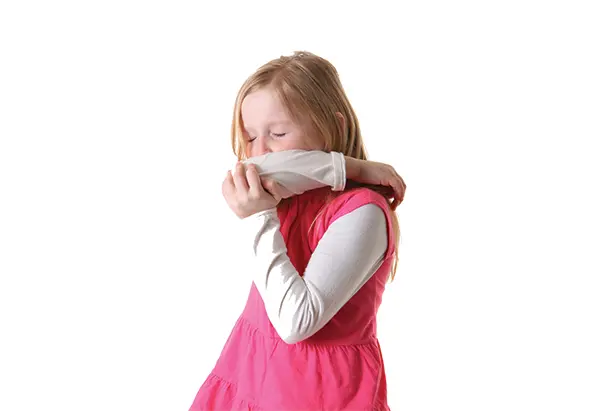
BE A VAMPIRE
The “Dracula sneeze” involves sneezing into your elbow like a vampire covering their face with a cloak. This is a better hygiene habit than sneezing into hands that spread germs easily.

THUMBS UP
Praise good behavior from students, such as practising good hygiene habits and helping to keep the classroom tidy and easier to clean by putting equipment away after using it.
Remember that a healthy classroom also needs parents to get involved. In particular, encourage parents to keep their children home when sick. Let them know that they won’t get in trouble, and that they’re helping to keep other kids safe.
Our Infographic is a good reminder of the 5 steps for a healthy classroom.
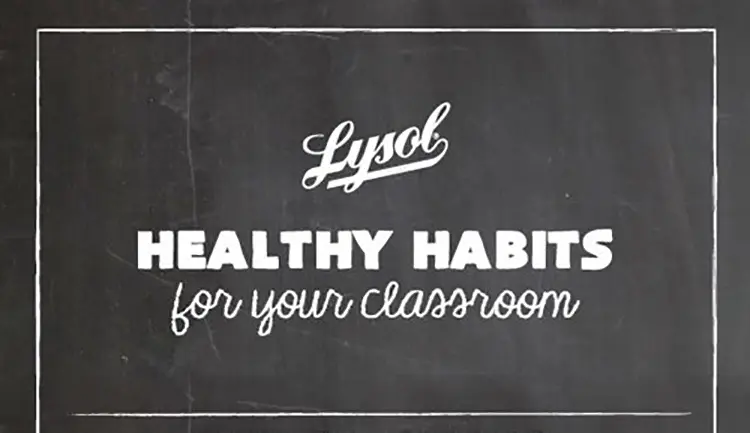
Keeping your classroom clean is imperative not only to keeping it safe and hygienic, but to ensuring it’s a pleasant environment for students to be productive in. Just remember that with the right sanitizing products and a bit of common sense, it needn’t be a chore!
*When used as directed on the label
SOURCES:
1https://www.webmd.com/cold-and-flu/cold-guide/children_colds#1
4 https://phys.org/news/2018-06-germs-school-desks.html
5 https://www.webmd.com/cold-and-flu/cold-guide/children_colds#1
